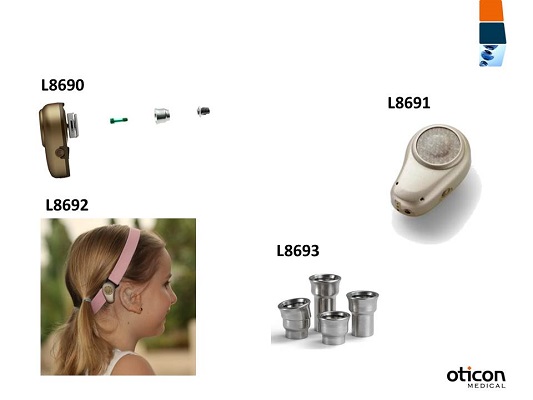Electromyography EMG biofeedback is a technique used to help a subject better understand and recognize their own muscle tension in real-time. The Ultium EMG sensor system is a multi-modal device that delivers high-fidelity data and flexible measurement options.
 Portable Emg Biofeedback Stimulator Emg Electrodes Buy Emg Electrodes Emg Biofeedback Stimulator Emg Device Price Product On Alibaba Com
Portable Emg Biofeedback Stimulator Emg Electrodes Buy Emg Electrodes Emg Biofeedback Stimulator Emg Device Price Product On Alibaba Com
Emg Biofeedback Machine For Hemiplegia Patient Adjustable Portable Biofeedback Device.
Portable emg biofeedback device. Portable EMG Systems Portable systems are comprehensive packages of sensors and instrumentation for static and dynamic measurements in a clinical setting a research center or at any remote location such as an office or factory workplace. EMG device physical therapy equipment for MS Stroke hemiplegia patient exercises XFT-2003D EMG. These devices are capable of monitoring and treating a wide variety of muscular problems including incontinence pelvic floor problems chronic pain and physical impairments due to injury or disease.
This device while providing professional grade quality will also run the buyer 4395. This unit is accurate and reliable. Now they are affordable portable and easy to use.
Ive never been able to find a biofeedback device that I can wear in public so I was very excited when I found this product despite the 2 bad reviews. Portable EMG biofeedback Home EMG biofeedback devices are typically 1-2 channel units that record muscle activity using electrodes placed on the skin. MyoTrac Portable Surface EMG.
EMG biofeedback is now available for the first time in an easy to use wireless home device. C2 and ProComp also manufacture high quality EEG biofeedback devices starting at about 2000. Ive had chronic neck and upper trap pain for decades.
Design Constraints The portable EEG brain wave monitor will take an incoming signal from a. Portable EMG system Trigno Lite System. Because it is lightweight and small enough to fit in a shirt pocket the MyoTrac allows total freedom of movement for ambulatory exercises and feedback during different activities.
The goal of EMG biofeedback is to teach individuals how to better optimize their own bodys bioenergetic system through the use of specific training systems. Surface electromyography device with wireless probes for the dynamic analysis of muscle activity. Wireless EMG with Internal IMU.
Existing EMG biofeedback devices like the Sammons preston Myotrac T4000P Model 922296 by Sammons Preston are a good option for home use. Biomonitor ME6000 is a portable telemetry and data logger designed to meet the most demanding needs in measurement and monitoring of electromyography EMG and other physiological signals up to 16 channels simultaneously. Unfortunately like the other customers explained this device doesnt work.
The completely redesigned amplifiers. With the use of auditory or visual cues a subject can learn whether or not. Biofeedback is valuable because it allows a subject to gain more control over the activation or relaxation of their muscles.
FREEEMG is a 4G technology device for surface electromyography EMG analysis. Signal accuracy absence of wires lightness and reduced size of the probes are features which enables users to perform analyses of any type of movement for each body part without altering the natural movement of the. Features - wireless electromyography single channel sEMG biofeedback with threshold alarm providing visual or auditory feedback - for use with the Resility Personal Biofeedback System iOS app or Android app which includes guided relaxation training exercises and muscle activity biofeedback with.
When these systems first became available on the mass market the price tag put them out of reach for many potential users. Biofeedback is a form that utilizes electrical stimulation of the body in order to provide feedback to the trained muscle. Ultium EMG sensors sample up to 4000 times per second synchronize in real-time and demonstrate low baseline noise.
All Micromed experience in neurophysiology diagnostic is now available in the new range of EMG-EP-IOM devices.


